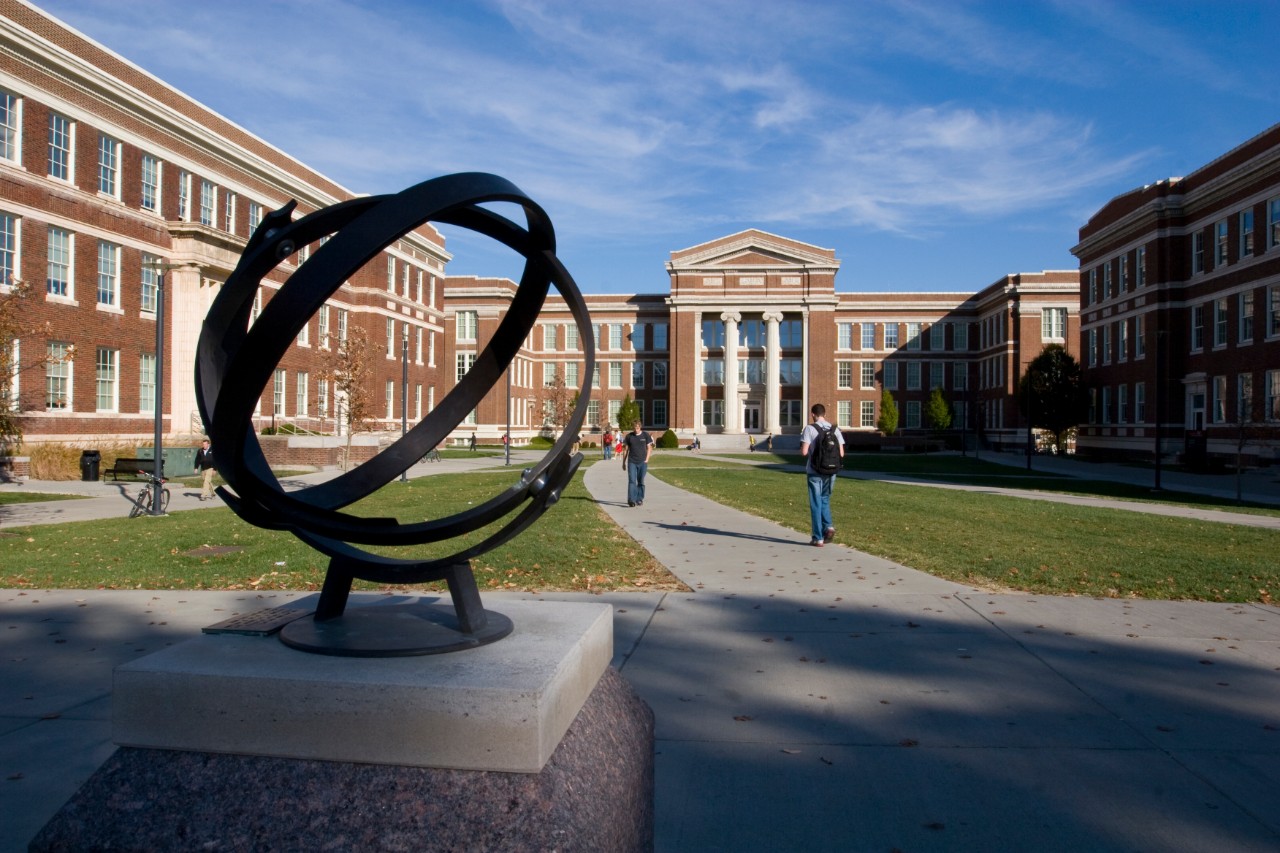
UC alumnus drives innovation through technology park
University of Cincinnati alumnus Mike Bowman (chemical engineering ’64) has made a career driving innovation forward. A former vice president and general manager for DuPont, Bowman eventually left the large chemical manufacturer to become the chairman and CEO of the Delaware Technology Park, Inc.
Bowman was instrumental in building up the technology park, a collaboration between the Delaware, the University of Delaware and private industry that launches and supports technology companies across a diverse group of industries, including life sciences, renewable energy, information technology and advanced materials. Over the last 15 years, the technology park has helped launch 75 new companies, create 16,000 jobs and generate nearly $1 billion in investments and grants.
In 2005, the center was named Research Park of the Year by the Association of University Research Parks. Its success, says Bowman, has come down to its cross-disciplinary approach to the engineering field.
“The field is changing so much that you should always be thinking interdisciplinary,” says Bowman. “We put entrepreneurs near this stuff so they can have access to it. They can learn and share things that otherwise they couldn’t do.”
The Delaware Technology Park, strategically located walking distance from the University of Delaware, drives innovation through this cross-disciplinary attitude. In addition to his role as CEO, Bowman is the associate director of the University of Delaware’s Office of Economic Innovation and Partnerships, which manages the intellectual property of the university and its corporate partnerships, as well as coaches, trains and supports small businesses across the state.
The field is changing so much that you should always be thinking interdisciplinary.
Mike Bowman, UC alumnus
“A sweet spot for us is technology,” Bowman says. “We help companies find funding, and we build companies that otherwise may not be built in Delaware.”
Though the latter half of his career was spent with this technology park, Bowman got his start in the industry with DuPont. As a student at UC, Bowman spent his cooperative education (co-op) rotations working with polymers at General Motors and then DuPont. After Bowman graduated UC, DuPont hired him full time.
“What I learned on co-op foreshadowed my future in the field,” said Bowman.
In the 1990s, Bowman was put in charge of DuPont’s composite polymers division. Bowman built this division up to a one billion dollar unit and eventually formed his own company around it when DuPont’s funding ceased. The company was bought a year later by a private firm, and Bowman moved to Delaware, where he helped build up the Delaware Technology Park.
“Working with smaller companies, I think the challenge is greater,” says Bowman, speaking to his decision to leave DuPont for the park. “Your ideas and goals are stretched in more than one direction, but the opportunity to make a difference, financially or socially, is much greater.”
The da Vinci model

Leonardo da Vinci was infinitely curious, famous for his paintings, sculptures and sketches, like this one exploring the flow of water. Image/Wikimedia Commons
The technology park is home to 54 tenants, including the Delaware Biotechnology Institute and the Fraunhofer USA Center for Molecular Biotechnology. An Amtrak station is being built nearby, which would connect the park to the rest of the East Coast, and a $250 million grant is funding a biopharma manufacturing innovation center.
The technology center's success and legacy come back to Bowman’s cross-disciplinary view of the engineering field. Bowman models this thinking after Leonardo da Vinci.
“Da Vinci was a master inventor, supreme artist, engineer and architect,” Bowman says. “He asked the most innate kinds of questions you would ever think of, and then he actually went and got some answers. He had infinite curiosity.”
When the technology park was just getting off the ground at the turn of the century, Bowman realized that success in the engineering field depended on this infinite curiosity, as well as an intersectional view of engineering.
In 2000, Bowman helped the park expand from advanced materials to include life sciences, DNA, gene mapping, renewable energy and big data, topics that may seem commonplace today, but were far from it 20 years ago.
If you’re not opening your mind in a different way than just one discipline, you’re never going to succeed in engineering.
Mike Bowman, UC alumnus
“If you’re not opening your mind in a different way than just one discipline, you’re never going to succeed in engineering,” says Bowman.
Building up the park was a way Bowman could connect science, architecture, engineering and the humanities together to build up entrepreneurial companies.
Bowman’s time at UC helped establish a foundation for this kind of thinking. Now, as entrepreneurial companies attempt to get off the ground, the technology park and Bowman can apply this thinking to the field, providing the resources for these companies to launch, and in the process drive innovation forward.
Alumni Success
There are 285,000 living alumni of the University of Cincinnati. Read all about their impact at the UC Alumni Association page.
Related Stories
UC student breaks world record in competitive speedcubing
December 19, 2025
UC computer science student Sujan Feist set a new world record in speedcubing at competition this month in Coshocton, Ohio. Feist is the reigning world champion in the 2x2 division.
Bazinga! UC physicist cracks ‘Big Bang Theory’ problem
December 19, 2025
A physicist at the University of Cincinnati and his colleagues figured out something two of America’s most famous fictional physicists couldn’t: theoretically how to produce subatomic particles called axions in fusion reactors.
Future Tech Forum tackles an AI-driven world
December 19, 2025
Cincinnati innovators and business leaders packed UC’s 1819 Innovation Hub in early December for the Future Tech Forum, where they considered the road ahead for AI.
